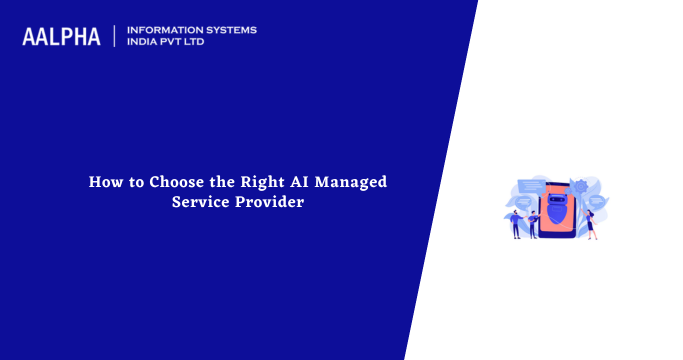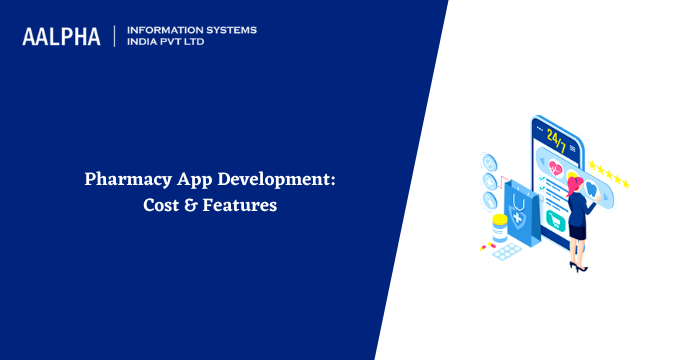In today’s technological world most people are using online mobile banking for various things. The modern generation expects to do less and have more. By using mobile banking users can check their balance, pay bills online, transfer money, and many more things. There are a lot of people who don’t fully trust technology, they are also afraid of using mobile banking. Moreover, this trend is seen especially in the older generation. Our technological world also brings fraud, malware, and IP infringement with it so it is very necessary to build a secure mobile banking app to gain the trust of the consumers.
More importantly, the Mobile applications are considered a primary target for cybercrimes. As the number of customers who use mobile banking apps increases the opportunity for fraud also increases. Notably, data shows that about 98% of cybercrime is done on Android platforms. It is found in research that about 25% of the world’s top banks have their own native mobile banking apps.
By 2025 the global fintech market is expected to reach the market value of $305 bn.
Key threat factors:
- Some developers create fake bank apps and take advantage of user’s information to commit banking fraud
- Open Wifi connections and outdated Oss make apps vulnerable to cybercrime.
- When we send activation codes for codes through HTTP cybercriminal could hijack the traffic to steal user’s account details.
- Insecure UlWebView makes the app vulnerable to Javascript injection.
- Non-SSL links allow attackers to intercept traffic and create a fake login prompt.
Read: Fintech development outsourcing
How to improve the security of mobile banking app:
Some of the steps we could take to improve the security of a mobile banking app are discussed below.
-
Multi-Factor Authentication:
It is very risky to give access to a customer’s bank detail by submitting a single password. Moreover, it is the need of the hour to introduce multi-factor authentication. By using authentication like a fingerprint or OTP an additional defense layer is created that makes mobile banking app more secure.
-
Complete end to end encryption:
In order to avoid malware and cybercrimes, mobile banking apps uses End to End encryption. End to End encryption takes safety measures to next level by doing major checks and tests. Every year billions are exchanged by using mobile banking apps.
-
Fingerprint:
With the increase in the use of fingerprints in smart devices, another layer of security can be created in online banking apps. Moreover, by using fingerprint scanner users can get access to vital information such as IP address, type of device, location, and time of transaction.
-
Text and Email notifications:
The real-time notifications in the form of text messages or email help users to avoid fraud. For example, if we swipe card, we receive an SMS that tells how much amount is debited from our account. Moreover, these on-the-spot notifications allow users to find out if their account is under attack.
-
Digitalization:
In this age of digitalization world, most of the banking processes are going paperless. Now managing transactions and even opening of accounts all are gone digital. Moreover, the digitalization features in the mobile banking app lead to higher efficiency and more transparency. More importantly, the demands of mobile app development solution providers, who have the potential to provide high-security custom-made solutions increases.
-
Use of NFC embedded sim cards:
The near-field communication card also termed as NFC sim card allows consumers to securely download their credit card information. Moreover, the NFC embedded sim cards reduce the risk that their credit card information is compromised and provides access to the information.
-
Behavior analysis:
There are some software in the market that the activity, login location, and other online activity of the consumers. Due to this technology, mobile banking apps could notify the abnormal behavior for further investigation. Moreover, the banks could do the further investigation by send SMS, email, or a call from the bank.
-
Secure access:
By using technologies like HTTPS, customer’s account information can be secured between the browser and the website. By incorporating new technologies financial institutions or banks could reduce the risk of malware or fraud by hackers. Moreover, financial institutions could also reduce risk by educating their customers about internet security and how could they protect themselves from it.
Along with the security interface, the part is also very important in the success of a mobile banking app. Mobile application design UX/Ul implicates the looks and feel of a mobile application. More importantly, pagination, animation, and other techniques can be used to make the app better for the customers. The app must be supported by both Android and iOs platforms. Moreover, the mobile banking app also must be light and fast to attract and engage customer’s interests.
Some core mobile banking features are as follows.
- Registration and Login
- Transaction history
- Check account balance
- Bill payments
- Push notifications
- person to person payments
- offers
- In-app support
- Locate closes ATM or bank branch
Check: top fintech trends
For more information about mobile app development contact Aalpha
Also read: SoS security app | How to create a location based app | How To Create An Augmented Reality App





Share This Article:
Written by:
Muzammil K
Muzammil K is the Marketing Manager at Aalpha Information Systems, where he leads marketing efforts to drive business growth. With a passion for marketing strategy and a commitment to results, he's dedicated to helping the company succeed in the ever-changing digital landscape.
Muzammil K is the Marketing Manager at Aalpha Information Systems, where he leads marketing efforts to drive business growth. With a passion for marketing strategy and a commitment to results, he's dedicated to helping the company succeed in the ever-changing digital landscape.